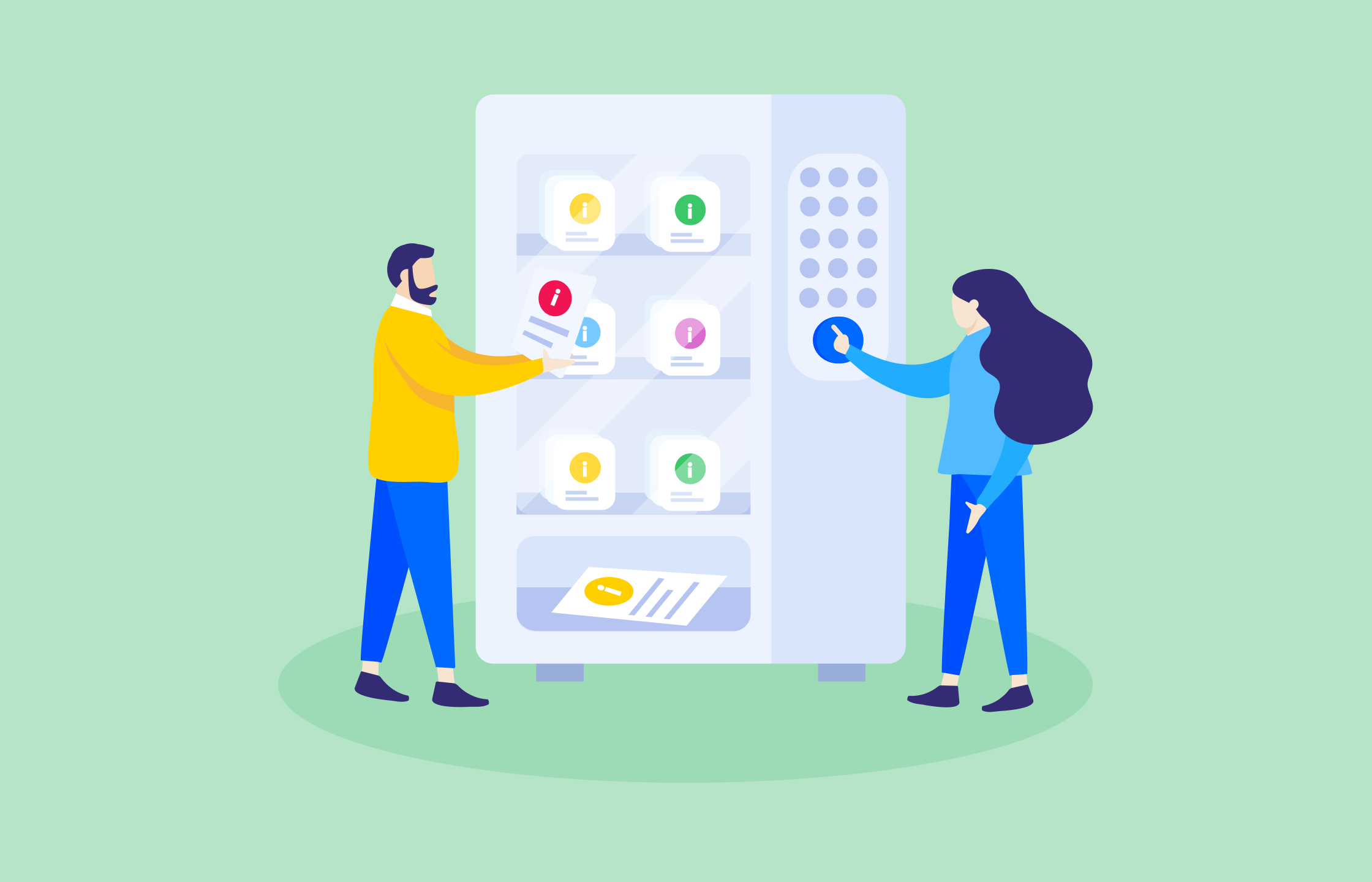Did you know that a whopping 73% of people feel that valuing their time is the most important thing companies can do to provide them with good service?
If that doesn’t make you realise you need to up the ante when it comes to your self-service offering I don’t know what will!
So we’re clear: The need to facilitate effective customer self-service, in B2C and B2B organisations, is a non-negotiable. That said, it’s fair to say that it becomes even more critical in B2B SaaS companies, where increasing customer engagement, and retention, are (or should be!) at the forefront of your overall business goals.
I know what you are thinking, what has self-service got to do with increasing customer retention?
Well, it all comes down to customer success, engagement and the user experience. For a more detailed look at the links between Customer Success, engagement and retention, check out our ultimate guide to Customer Success. In a nutshell, the easier you make it for customers to get the most from your product themselves, (without needing to contact your Customer Support/Success team), the more likely they are not only to succeed, but also to help others along the way.
Of course, this is easier said than done and it can’t be achieved just any old way. In fact the very thought that facilitating self-service means taking a hands-off approach to Customer Success is totally misguided. Effective self-service requires not only a continuous, thoughtful approach, it also requires engagement from your part.
Lost? Let us help you.
We’ve come up with 5 steps that you should be taking in order to really boost your self-service offering and drive all those Customer Success KPIs in the right direction.
1. Utilize your user community’s expertise
If you don’t already have a Customer Success community, get one. Traditionally in B2B SaaS companies, speaking to your customers involved webinars, meet-ups and in-person events. Roundtables were a mainstay when it came to gathering customer information on your product and service.
That’s where online communities have changed the game.
After all, who better to offer advice and respond to queries about your product than the customers who use it everyday? Online communities give your users a transparent platform to interact and share best practices with each other—and you.
Your Customer Success team can easily make announcements on the community, making sure users are kept up-to-date with any product changes or new features—decreasing the likelihood of them needing to get in touch with your team directly. In fact at inSided our B2B customer communities see a massive 70% peer-to-peer engagement—up 20% from the industry average of around 50%. This user-generated content is also ideal for hitting Google’s organic search criteria—meaning you can easily drive a lot of traffic to your community—download our eBook for more info.
What’s more? Allowing customers to vote on the best answers in a community also increases interaction and reduces pressure on your Customer Support teams by allowing users to self-serve and help each other. Online communities foster the feeling that customers are part of an interactive and interesting group that allows them to learn from each other and this in itself drives engagement.
B2B software providers with successful communities are even using gamification to award super users customized badges to boost competitiveness and camaraderie among members—here’s what that can look like in practice:

You will also find that encouraging super users helps to answer pressing customer needs and can inspire others to become ambassadors of your brand.
Finally, in our experience not only do we see peer-to-peer engagement skyrocket, actually close to 50% of all customer support questions can be answered easily by peers.
Take B2B software company, Infoland’s Community for example. Here customers respond to 40% of community questions, which can greatly benefit your support team while improving self-service levels and the overall user experience. In a nutshell, harnessing the power of your user community is a sure-fire way of deflecting support tickets currently hitting your team.
2. Provide an online knowledge base (that’s easily maintained)
The ultimate way to make the most of self-service and drive Customer Success efforts for B2B SaaS companies is to gather all the fantastic content created within your online community and use it to fuel your knowledge base. Think of a knowledge base as home for both company-created Customer Success content and the best answers from your online community.
Leveraging this combination gives you a powerful engine packed full of top answers and best practices (watch it grow as your community does too) to offer your customers at the most relevant points on their customer journey.
When you consider the fact that in B2B organisations resolving complex, technical issues, is a common occurrence it makes sense to do this on a one-to-many platform (rather than with one-to-one support) so that other customers can benefit from answers, no matter where they are on your site.
As an added bonus a combination like this enables users and moderators to work with the community content in a way that favors the most valuable content and demotes the fluff—making knowledge base management a breeze. What’s not to love?
So, there you have two ways that you can ramp-up your self-service offering—but don’t stop there! Download our free eBook here to discover the three other steps you should take and why they are essential for your Customer Success team, and the success of your users.



